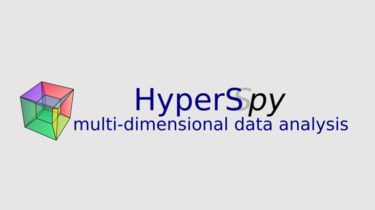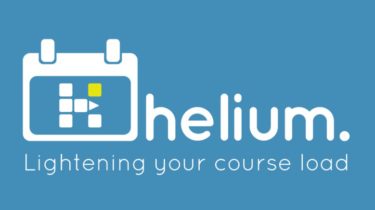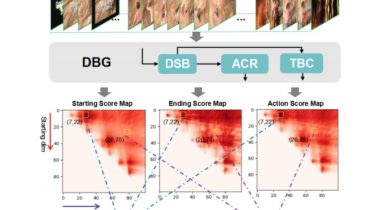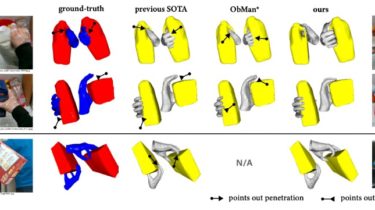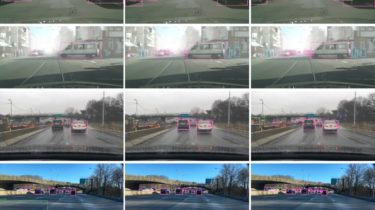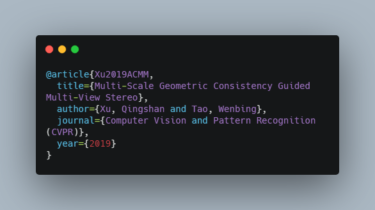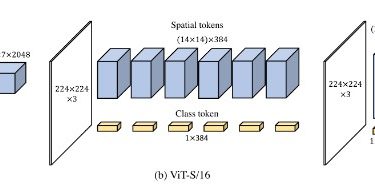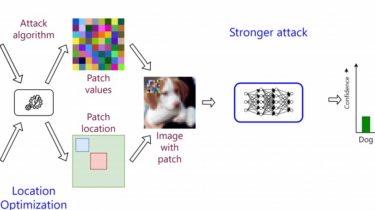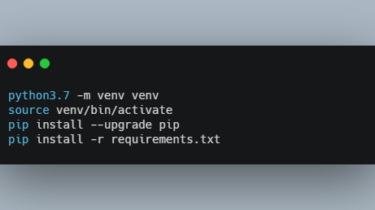An open source Python library for the interactive analysis of multidimensional datasets
HyperSpy HyperSpy is an open source Python library for the interactive analysis of multidimensional datasets that can be described as multidimensional arrays of a given signal (for example, a 2D array of spectra, also known as a spectrum image). HyperSpy makes it straightforward to apply analytical procedures that operate on an individual signal to multidimensional arrays, as well as providing easy access to analytical tools that exploit the multidimensionality of the dataset. Its modular structure makes it easy to add […]
Read more